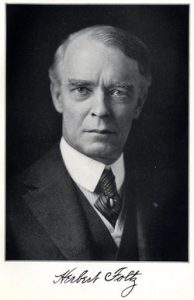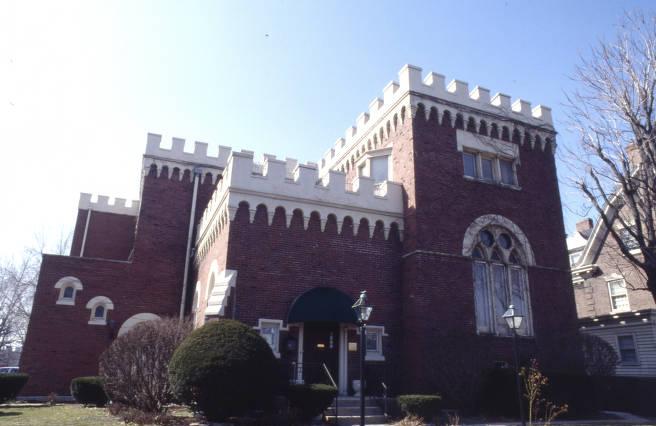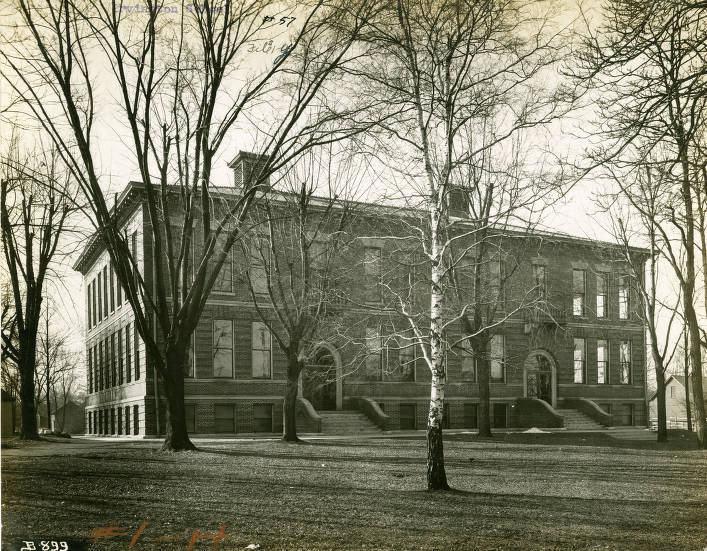
Photo info ...
Credit: ddeedavis via Find A GraveView Source
(Feb 23, 1867-July 6, 1946). A native of Indianapolis, Foltz graduated from before attending Rose Polytechnic Institute (later known as Rose-Hulman Institute of Technology), from which he graduated in 1886. After a stint at the Chicago Art Institute and an apprenticeship in structural engineering with the Illinois Steel Company, he returned to Indianapolis in 1891 and began an architectural career.

Foltz designed many structures around the city, including the building, Shortridge High School (1928, Neoclassical style), , and the Indiana Reformatory in Pendleton. Foltz also designed the Broadway Methodist Church, the Irvington United Methodist Church (1926, English Gothic style), and the Meridian Heights Presbyterian Church.
In addition to being an architect, Foltz also was a bicycling enthusiast. He joined the Zig-Zag Cycling Club formed by future Indianapolis Motor Speedway founder and planned the , a bicycle track located near 30th Street and Central Avenue, under the direction of the same athlete who had planned the velodrome at Madison Square Garden. The “whale-back” course, which debuted for the Indiana division of the League of American Wheelmen’s annual meet on July 4, 1898, featured banked curves, a grandstand, and two amphitheaters. The Newby Oval was considered one of the best in the country.
Foltz served on the board of commissioners from 1917 to 1920 and was the organization’s president from 1918-1919. He also had an interest in amateur dramatics which led him to found, along with playwright Max Perry and several other community leaders, the Little Theatre Society of Indianapolis (renamed of Indianapolis in 1929).


Help improve this entry
Contribute information, offer corrections, suggest images.
You can also recommend new entries related to this topic.